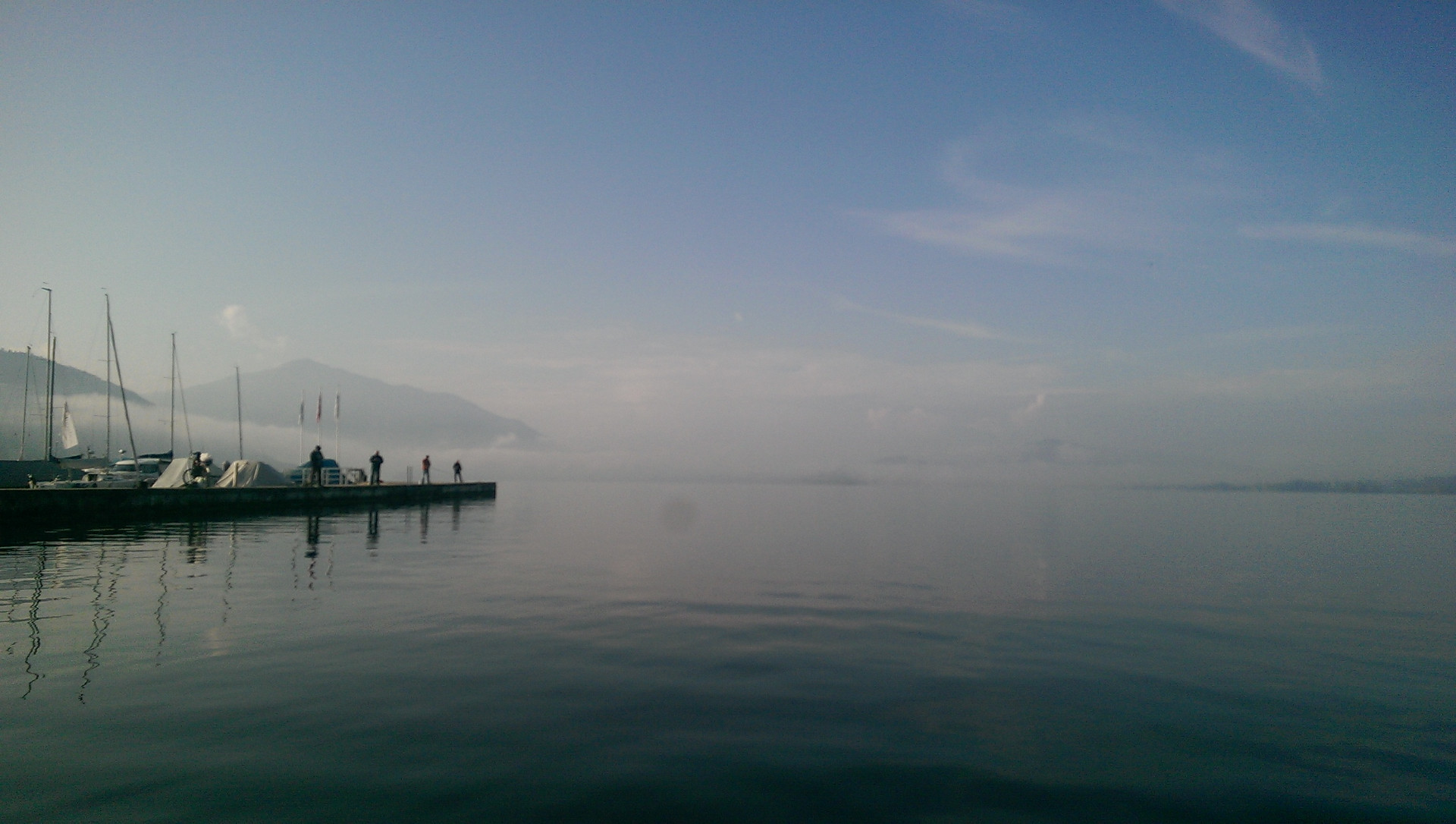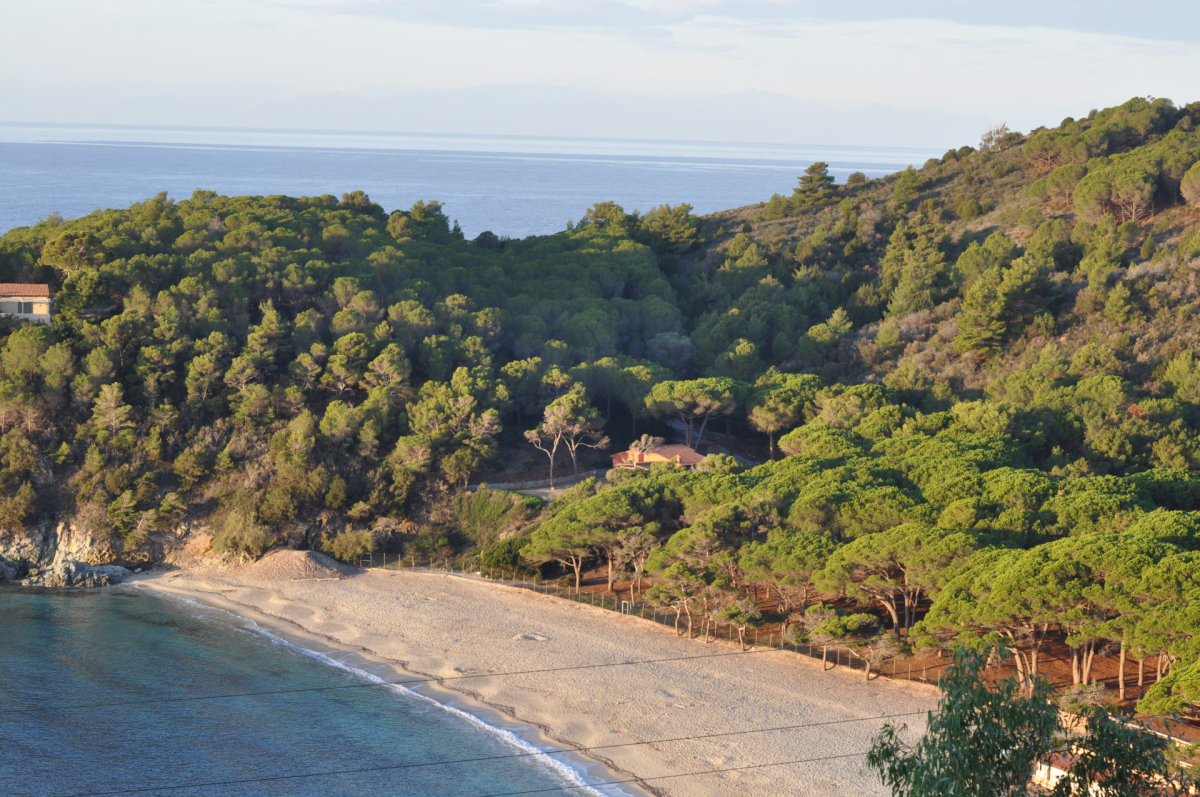- Departments
- Department of Biogeochemistry
- Greenhouse Gases Research Group
- Research Projects
Research Projects
The Research Group Greenhouse Gases investigates microbial processes that lead to the production and consumption of methane and nitrous oxide in aquatic environments. We aim to identify microbial processes, the responsible microorganisms and the metabolic capacities of these microorganisms in marine and freshwater water columns and sediments.
Our research has a strong field going aspect but we complement on-site biogeochemical studies with extensive laboratory-based experimental and analytical work.

Methane oxidation in freshwater lakes
Freshwater lakes only occupy a small portion of the Earth's surface but they represent a major natural source of methane to the atmosphere. The emissions are highest from well-mixed lakes, whereas release of methane from seasonally or permanently stratified lakes with anoxic bottom waters is greatly reduced.
We study temperate lakes in central Switzerland which exhibit seasonal or permanent anoxia in their hypolimnion. Using stable-isotope labeling and mass spectrometry in combination with meta-genomic and -transcriptomic analyses we want to understand which microorganisms contribute to methane removal in these systems.

Methane cycling in seagrass beds
Seagrass ecosystems cover large parts of the shallow coastal seas. In the oligotrophic Mediterranean Sea meadows of Posidonia oceanica represent true hotspots of productivity. In general, microbial activity associated with seagrass beds tends to be higher compared to adjacent bare sediments. Organic plant exudates and burial of plant biomass are expected to stimulate activity of methanogenic Archea in the vegetated sediment, leading to enhanced methane release into the overlying water column.
We want to identify processes and microorganisms responsible for methane cycling in this important coastal habitat.

Microbial cycling of methane and nitrous oxide in marine oxygen minimum zones
The global oceans act as net sources of climate-relevant trace greenhouse gases methane and nitrous oxide. Particularly oceanic nitrous oxide emissions contribute 10–30% of tropospheric concentrations. The effect is not so pronounced for methane; however, oceans are the biggest methane reservoirs on our planet and a site of intense methane cycling. In particular, highly productive coastal upwelling areas are well documented sites of enhanced atmospheric fluxes of nitrous oxide and methane.
We want to understand which microorganisms control cycling of these greenhouse gases in hypoxic and anoxic marine water columns and sediments. For this, we join research cruises where we perform state-of-art molecular analyses and experiments with stable- and radio-isotopically labeled substrates.